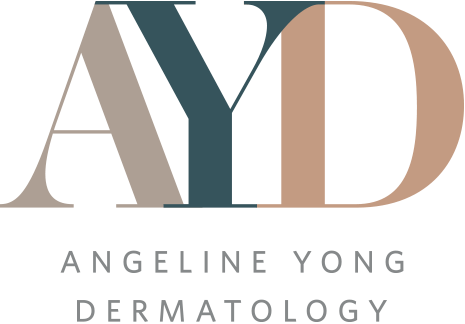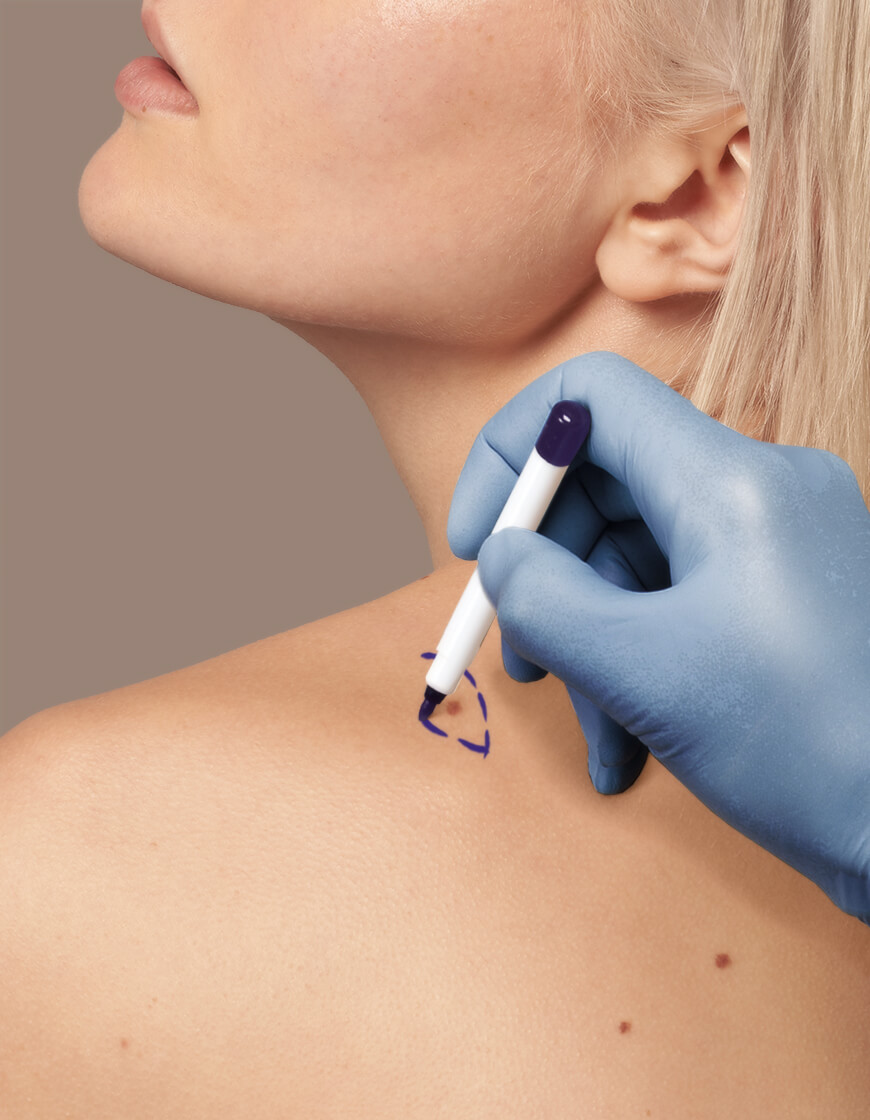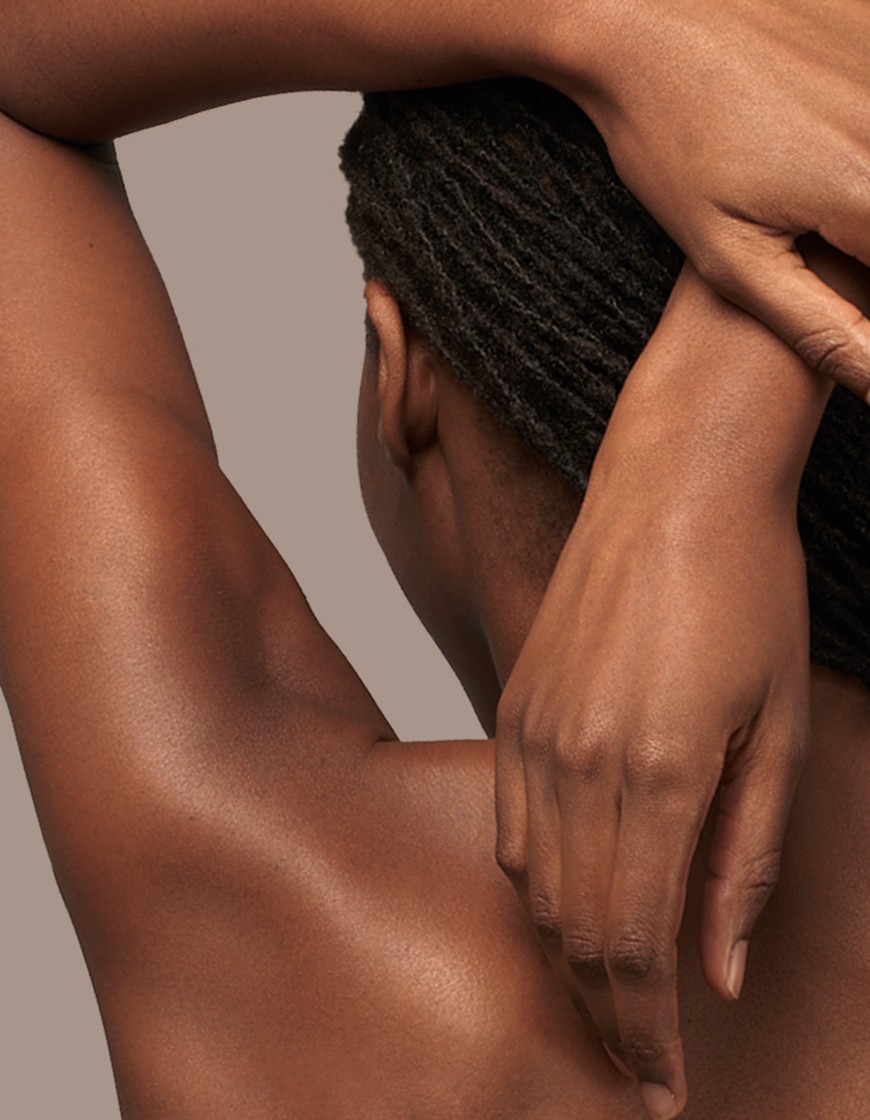Learning you have a health condition of the scalp, hair, or nails may be painful and at times embarrassing. These conditions can have many causes. Some are genetic, while others stem from autoimmune problems. The most common hair and nail conditions include psoriasis, eczema, hair loss, fungal or bacterial infections as well as nail splitting or cracking. Immediate diagnosis and treatment can positively impact the overall health of your hair and nails. If you are noticing any problems it is important to consult a dermatologist and seek accurate, medically proven treatment.
Dr Angeline Yong is a dermatologist and dermatological surgeon whose clinical interest is in hair and nail disorders. She was an integral member of the hair and nail subspecialty unit, and the founding consultant and lead of the hair transplantation service at the National Skin Centre prior to leaving for private practice. Explore the links below to learn more about some of the most common conditions affecting the hair and nail.
MEDICAL HAIR LOSS: Hair Loss Treatment Singapore
Hair loss can stem from a variety of causes, and each condition requires a specific approach for effective management. It is crucial to consult with a dermatologist who specialises in hair disorders to accurately diagnose and address your hair loss. Proper evaluation is key to successful treatment, as patients often have multiple conditions contributing to their hair loss. Below are some of the more common forms of hair loss:
- Androgenetic Alopecia
- Female-Pattern Hair Loss
- Anagen Effluvium
- Tinea Capitis
- Lichen Planopilaris
- Folliculitis Decalvans
- Central Centrifugal Cicatricial Alopecia
- Male-Pattern Hair Loss
- Telogen Effluvium
- Alopecia Areata
- Cicatricial Alopecia
- Discoid Lupus Erythematosus
- Frontal Fibrosing Alopecia
Getting an accurate diagnosis for your condition will help determine the most suitable hair loss treatment, which can vary based on individual cases.
ALOPECIA AREATA
Alopecia areata is a type of hair loss characterised by round patches of baldness that can appear suddenly on the scalp, beard, eyebrows, or any hair-bearing area. This condition can affect individuals of any age but is most frequently observed in children and young adults. Alopecia areata is an autoimmune condition in which the immune system erroneously targets hair follicles, causing hair loss. Genetic factors play a significant role, and histological analysis reveals T cells surrounding the hair follicles, which produce pro-inflammatory cytokines and chemokines that disrupt hair growth.
Triggers for alopecia areata may include:
- Viral infections
- Trauma
- Hormonal changes
- Physical or emotional stressors
This condition is often linked with other autoimmune disorders like vitiligo or thyroid disease. As a non-scarring type of alopecia, hair follicles may recover over months or years with appropriate hair loss treatments.
FRONTAL FIBROSING ALOPECIA
Frontal fibrosing alopecia primarily causes hair loss and scarring in the frontal region of the scalp. While the exact cause is unknown, it is thought to involve immune reactions targeting intermediate and vellus hair follicles. Various factors, including genetic predisposition, hormonal changes, and environmental triggers, may contribute. Some research suggests contact allergies from cosmetics, hair dye, and sunscreen may play a role, but this is unconfirmed.
This condition is usually characterised by a symmetrical band of hair loss on the front and sides of the scalp, often appearing moth-eaten, with “lonely” strands of hair left behind in the bald patches. Eyebrow loss is also common.
The skin in the affected region often appears normal but can occasionally be pale, shiny, or show mild scarring, with no visible hair follicle openings. On the edges of the bald spots, close examination or dermatoscopy may reveal redness and scaling around the hair follicles. In some instances, skin-coloured or yellowish bumps (follicular papules) may be visible on the forehead and temples. Women with frontal fibrosing alopecia may also exhibit female-pattern hair loss.
Trichoscopy typically shows missing follicles, white dots, scaling around the follicles (perifollicular scale), and redness (perifollicular erythema). In those with easily tanned skin, perifollicular pigmentation may also be seen.
Early diagnosis is crucial, as hair loss treatment for this scarring alopecia can prevent permanent hair loss if addressed promptly.
LICHEN PLANOPILARIS
Lichen Planopilaris is an inflammatory condition that leads to progressive hair loss, mainly on the scalp. While rare, it most commonly affects young adult women but can also impact men, as well as a wide age range. The condition is often seen alongside lichen planus, which affects the skin, mucosa, and nails.
Lichen Planopilaris presents as smooth white patches of hair loss, with no visible follicle openings in the affected areas. Scaling and redness might be present around individual hair follicles at the borders of these patches. Strands lose strength and are easily pulled out. The condition is multifocal, meaning small patches may merge to form larger areas.
Common sites of involvement are the lower back, front, and sides of the scalp.
Common symptoms, while often absent, may include:
- Itching
- Pain
- Discomfort
- Burning sensations
Since the condition progresses gradually, early intervention with hair loss treatment is critical to prevent further damage.
TELOGEN EFFLUVIUM
Telogen effluvium is a frequently occurring, temporary hair loss condition, typically caused by major stress or a significant shock to the system. It affects people of all ages and sexes but is more prevalent in women between the ages of 30 and 60.
The condition arises when a large portion of hair follicles transition into the telogen (resting) phase, resulting in excessive hair shedding. Under normal circumstances, about 85% of a person’s hair is in the anagen (growing) phase, with 15% in the telogen phase. A hair follicle usually grows anagen hair for four years or so, before resting for about four months. Therefore, as a result of the natural scalp hair cycle, it is typical to shed up to approximately 100 hairs each day. However, in Telogen Effluvium, up to 70% of the anagen hairs can prematurely shift to the resting phase.
Triggers for telogen effluvium include:
- Childbirth: postpartum hair loss
- Acute or chronic illness
- Surgery
- Psychological stress
- Weight loss
- Nutritional deficiencies or unusual diet
- Certain medications
- Skin disease affecting the scalp
This condition can be managed effectively with hair loss treatment, but proper evaluation by a dermatologist is necessary to pinpoint the exact cause and course of action.
To gain a deeper understanding of hair loss conditions and treatment options, check out this informative YouTube video.

Before exploring treatment options, it is essential to undergo a thorough evaluation, making it crucial to consult a dermatologist who specialises in hair disorders. MOH-accredited dermatologists manage conditions affecting the skin, hair, and nails. Dr. Angeline Yong, a dermatologist and dermatological surgeon with a particular focus on hair disorders and hair transplantation, previously served as the founding consultant and head of the hair transplant service at the National Skin Centre before transitioning to private practice.
